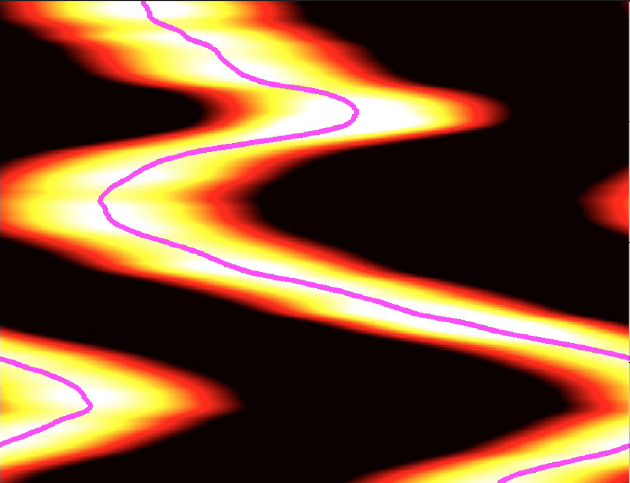Undergraduate Colloquium
Zachary Kilpatrick
University of Houston
Mathematical models for the dynamics of brain activity
February 20, 2014
4:00pm SEC
105
| Abstract | |||
|
Memories, visual perception, hallucinations, and decision making are all experiences generated by activity in our brains. One way to study how the brain works is to visualize the activity of thousands of neurons at once, using a colored dye that indicates the fraction of neurons that are "on." Mathematical models of this activity take the form of integro-differential equations — meaning they involve both an integral and derivative of the unknown function. The integral term describes the network of connections between neurons. A wide variety of spatial patterns arise as solutions to these equations: spiral waves, Turing patterns (like the patterns on animals' coats), and pulses. I will discuss several techniques for analyzing these nonlinear dynamics, accompanied by numerical simulations showing how activity in these equations evolves in space and time.
|
|||
www.math.uh.edu/colloquium/undergraduate


